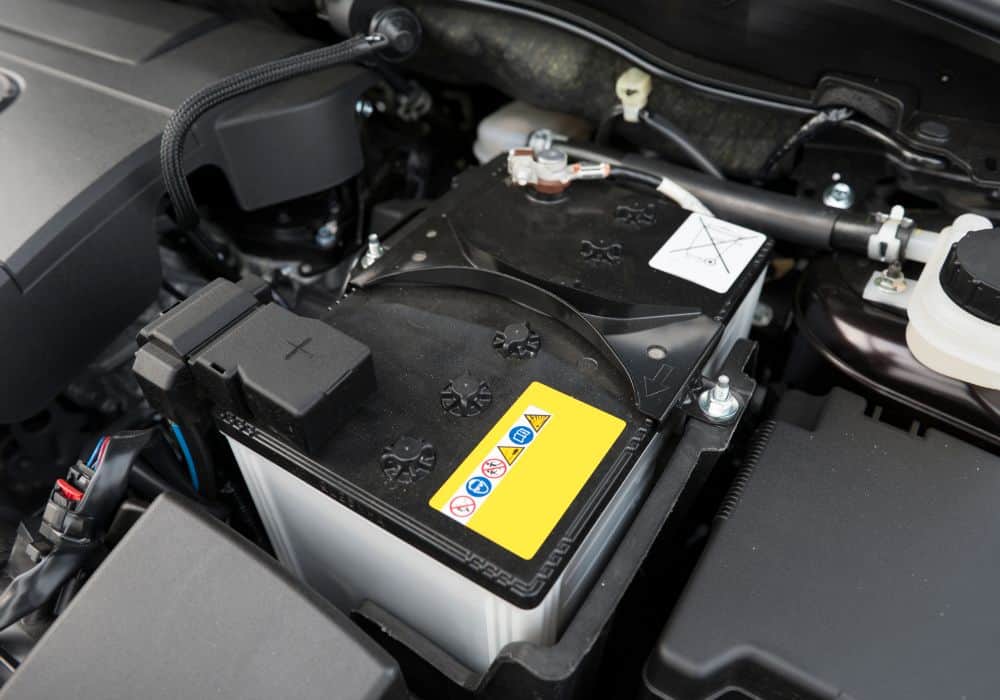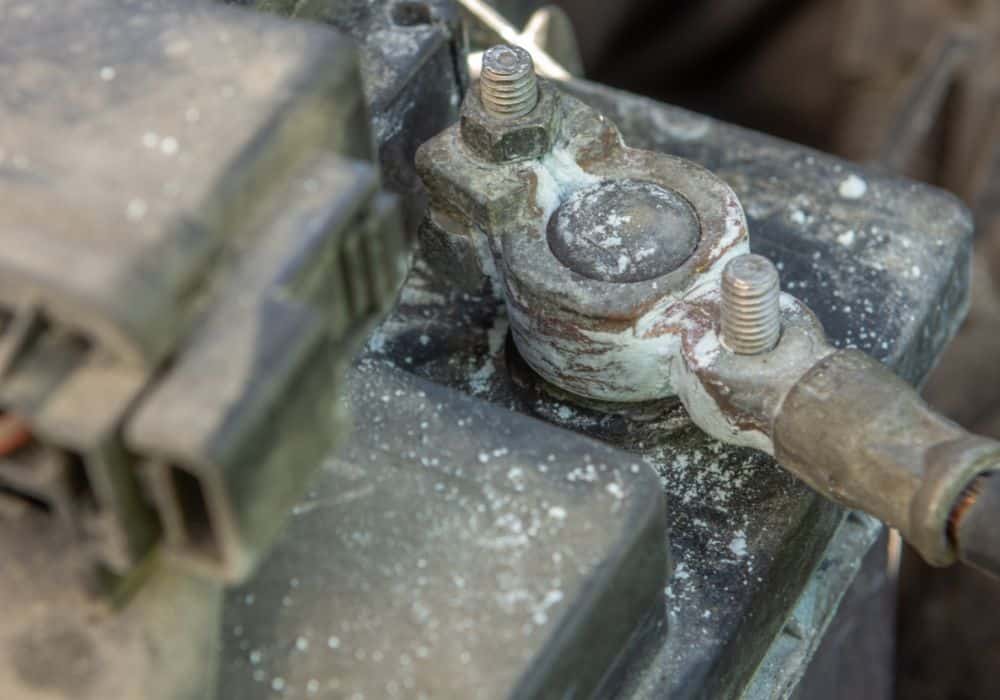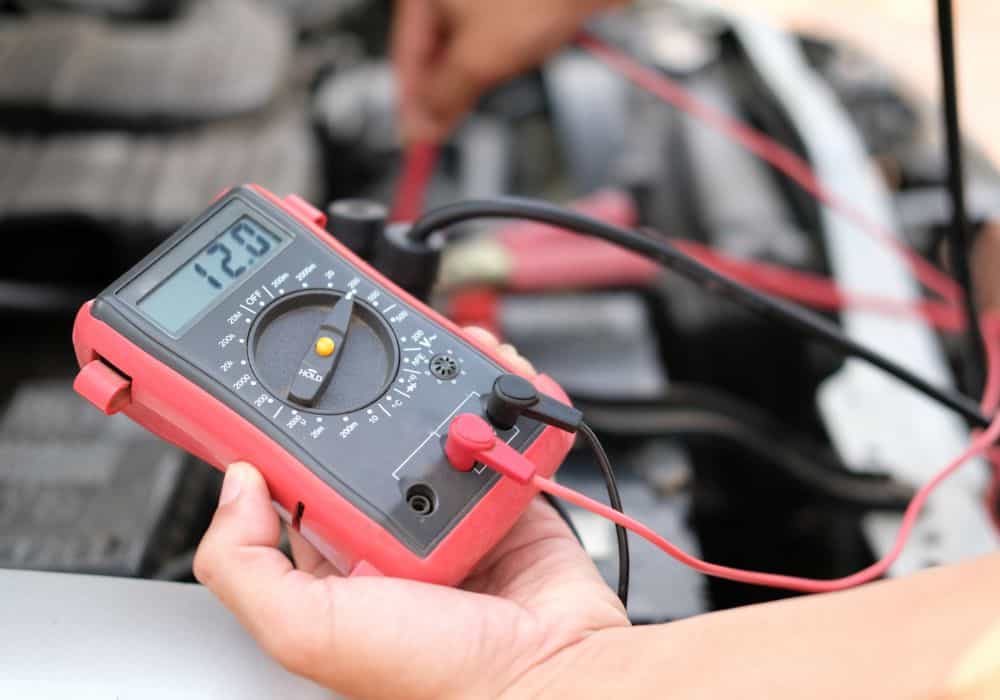Did you know a new lead-acid car battery costs around $125 to $135? This may not seem much for a one-time investment. But, if you replace the battery every time it dies, expect this cost to be in the thousands!
Luckily, there is a cheaper solution to this problem – battery reconditioning. It’s a simple process that can give your dead battery a few extra years. So, without further ado, let’s dive into this article and learn:
- What is battery reconditioning?
- Why should you recondition a battery?
- How to recondition a battery? And much more!
We hope you’ll be well aware of this amazing way to revive a dead battery by the end!
Table of Contents
What is Battery Reconditioning?
Battery reconditioning refers to a process where the dead battery cells are restored to full health. They are returned to their original charging capacity and potential.
However, the way battery reconditioning works depends on the type of battery. We’ll discuss more on this in the latter half of the article. For now, let’s focus on lead-acid batteries since these are the most common ones.
How Does Battery Reconditioning Work in Lead Acid Batteries?
A lead-acid battery produces electricity through the reaction of sulphuric acid and lead. It’s a rechargeable battery used in vehicles, power supplies, electric wheelchairs, marine devices, and whatnot.
But, while this battery is highly efficient, it doesn’t last long because of sulfation.
In this, lead sulfate crystals form on the interior battery plates. This occurs every time the charge passes from the battery to the connected device. So, it’s a natural and inevitable process.
Eventually, the crystals accumulate to form more significant sediments that disrupt the charging potential of the battery. It doesn’t hold charges for long periods and overheats easily.
Reconditioning or recharging a sulfated battery helps remove these crystals and refills the electrolyte solution inside. As a result, the battery’s lost capacity is restored, which makes it efficient.
Other Types of Car Batteries

We’ve already discussed the reconditioning process of lead-acid batteries in cars. However, this is not the only battery type that exists. There are several others, and the battery reconditioner method differs accordingly.
Lithium-ion Battery
Lithium-ion batteries are rechargeable and produce energy by conducting a reversible reduction of lithium-ions. Also called Li-ion batteries, they have a higher charge cycle and lower self-discharge. Usually, plug-in and all-electric cars use these batteries.
Hybrid Car Battery
As the name suggests, the hybrid car battery is a mixture of two types of car batteries. In most cases, there’s a lead-acid battery with a nickel metal hydride battery. Some also use a lead-acid and lithium-ion combo.
Why Should You Recondition a Car Battery?
Firstly, reconditioning a battery helps bring back all the lost efficiency. Your car battery can hold larger charges and use them more efficiently.
There’s little to no overheating in the battery that can disrupt car performance. You certainly won’t have to face battery-related issues while driving long distances.
Moreover, the reconditioning process helps increase the lifespan of the battery. The typical lifespan of a car battery is 3 to 4-years. But, in normal circumstances where you use the car daily, this lifespan is often reduced.
Reconditioning adds 1 to 2 years to the battery life. It’s also cheaper than buying a new replacement every time the battery dies.
How Do You Tell If a Car Battery Needs to Be Reconditioned?
You can recondition a battery anytime you feel like it’s not performing efficiently or overheating too much. Visually, you will be able to tell if a lead-acid car battery needs reconditioning when there are crystals. Here’s what the battery may look like:

Please note you cannot recondition a battery if it’s physically damaged. There’s no way to revive a cracked, leaked, or bloated battery. Similarly, a car battery with a voltage output below 10V is not recoverable.
You must get a new battery replacement in these cases.
How to Recondition a Lead Acid Battery in Cars?
Reconditioning a battery is a fairly simple process. You can perform this on all devices with lead-acid batteries. To do so, you’ll need the following materials:
- Epsom salt
- Distilled water
- Baking soda
- Battery charger
- Multimeter/Voltmeter
- Flathead screwdriver
- Funnel & bucket
- Safety goggles & gloves
Step-by-Step Instructions
Before you begin, put on your safety equipment. Wear thick gloves and goggles to protect yourself from the acidic fumes in the battery. An apron is also recommendable.
- Combine baking soda with distilled water in a ratio of 2:1. If the paste is too thick, take a ratio of 1:1. The resultant cleaning mix should be moderately thick.
Caution: Do not substitute distilled water with tap water or any other type. They contain minerals and unwanted substances that can be harmful to the car battery.
- Keep the cleaning paste in a safe place. We’ll need it to clean the batteries and neutralize the acidic spills.
- Now, please remove the battery from the car and detach its cables. Remove the negative battery terminal first and then the positive one.
- If you notice any corrosion and dirt, use the prepared cleaning paste to rub it off. Pour a small quantity over the corroded parts, and scrub it using the toothbrush or steel wool.
Pro Tip: If you don’t have baking soda and distilled water available, you can substitute it with a battery terminal cleaner.
- Clean up all the dirt and corroded mess with a cloth. Make sure everything is dry before you move on to the next step.
- Uncap the battery cells and store them safely. If you’re reconditioning a sealed battery, there will be screws on the caps. Use the flathead screwdriver to remove them and access the fluids inside.
- Once removed, you’ll notice sulfuric acid inside the battery cells. Pick up the battery and carefully transfer the acid into a separate container.
Caution: Sulfuric acid is highly corrosive. It can cause severe skin burns and eye damage. Do NOT handle it without your safety equipment on.
- Measure 500 grams of baking soda and add it to the transferred acid. This will have a neutralizing effect, which makes the battery acid safe for disposal.
- Use the cleaning paste to wipe off any acidic spills.
- Place the funnel on the battery cell opening and pour in the cleaning solution.
- Put back the caps and shake the battery for approximately 30-seconds. Do not shake for more than one 1-minute in one go.
- After a few shakes, uncap the battery cells and pour out the cleaning solution.
- Create the battery electrolyte by dissolving 120gm Epsom salt in 1 liter of distilled water. This will have a molar concentration of 1.
Pro Tip: Warm the mixture to help Epsom salts dissolve faster. Make sure all salt crystals are fully dissolved.
- Use the funnel to pour this new electrolyte mixture into the battery cells. Close the caps and shake again.
- Next, place the battery in a safe place and connect the battery charger. You’ll have to attach the red cord to the positive battery terminal and the black one to the negative terminal.
Caution: Remove the battery cap before charging. The heating may cause the Epsom solution to overflow. If left capped, the battery can explode.
- Position the charger at a distance from the battery.
- Set the charger at a low current (suggested current: 12V / 2 Amps). Let the battery charge for 24 to 36 hours.
- Once the time has elapsed, disconnect the charger from the terminals.
- Use a multimeter to measure the voltage output of the car battery. It should be 12V or above. If the readings are below this, charge the battery again for up to 12 hours.
When the battery starts producing the ideal voltage output, disconnect the charger and place the cell caps back. Then, replace the battery in the car.
How to Make Sure the Battery Reconditioning is Successful?

The use of a multimeter helps verify whether the charge capacity of the battery is restored or not. But, you can further ensure the process was successful by doing a load test. Here’s how to do it:
- Reinstall the battery in the car and switch it on.
- Turn on the high beam lights.
- Use the multimeter to check the battery voltage. If the readings are between 10 to 12.6V or more, the battery has been successfully reconditioned.
Please note this can be risky since the car is switched on when taking the readings. A great alternative is to use a battery load tester.
Battery load testers send a pre-set current into the battery. Generally, the more current a battery can handle, the more powerful and efficient it is.
Last Words
To sum up, battery reconditioning is the revival or renewal of an old battery. It reduces the lost charging capacity, improves performance efficiency, and increases the lifespan.
Of course – it’s not necessary, but you can always save money through this process instead of buying a new one. Do you agree? Let us know in the comments below!
